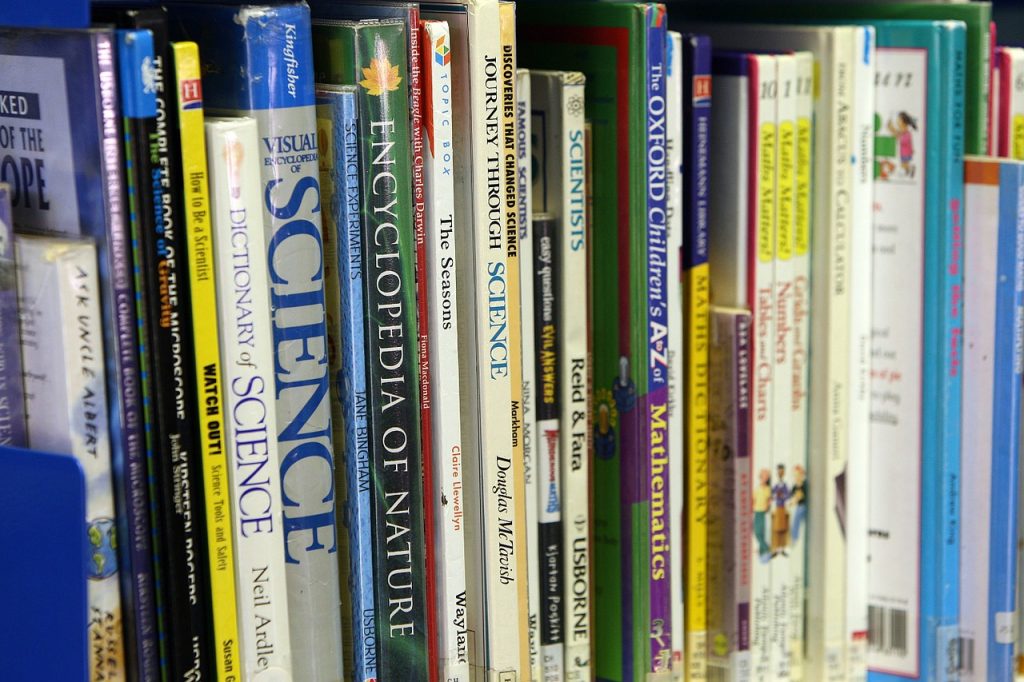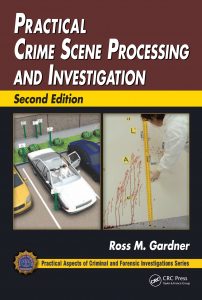
Forensic science is a type of science that uses many different scientific methods to look at the evidence, solve crimes, and solve other problems dealing with the law. Forensic scientists also help judges, and lawyers, in interpreting scientific research. It uses methods from various branches of science, including biology, chemistry, and physics, to research and understands the evidence.
No matter what subject you take, reading or referring to good forensic science books for your studies is mandatory and forensic science is no exception. You may have recently joined a forensic course introduced to a subject, some of these good books will help you ace the subject and give you a higher level than others. Here are some of the best general forensic science books for students with the appropriate knowledge on the subject of forensic science history or the various specializations, the crime scene investigation process, or existing criminal laws.
Forensic Science Books For Students:
1. Forensic Science- An Introduction to Scientific and Investigative Techniques:
Author By- Stuart H. James, Jon J. Nordby, and Suzanne Bell
The book was published by Boca Rotten, Florida: CRC Press & Francis Group in the year 2014. This book provides help from experts in the field who discuss case studies from their own personal files. The book begins by discussing the intersection of law and forensic science, how things turn into evidence and how the courts determine whether an item of evidence is acceptable.

It takes evidence of laboratory analysis from the Crime Scene Investigation and also takes it to the autopsy table for the full width of any available forensic text subject. Each section and each chapter begins with an overview and ends with a summary and provides key terms, review questions, and the latest suggestions.
2. Fundamentals of Forensic Science:
Author by- Max M. Houck and Jay A. Siegel
The book was published by the Academic Press on August 7, 2015. This book introduces the basic principles of forensic science from the crime scene to the court. It is divided into six sections covering the basics of crime scene investigation and the nature of the evidence, analytical tools, various types of forensic evidence collected, and the legal aspects of forensic science.

The book takes the field from a truly unique and exciting perspective, giving readers new insights and appreciation of crime scenes, as recent episodes of history, each with evidence that tells a story.
3. Practical Crime Scene Processing and Investigation:
Author by- Ross M. Gardner
Practical Crime Scene Processing and Investigation was first published by CRC Press on 9 January 2012. It also provides crime scene investigators. With the tools, they need to know what to do and how to do it.

With more than 415 illustrated illustrations, the book fully addresses the role of the Crime Scene Investigator in understanding the nature of physical evidence and evaluating the role of scene, documentation, and crime scene analysis and reconstruction. It also contains a list of review questions at the end of each chapter.
4. Forensic Science: A Very Short Introduction:
Author by- Jim Fraser
Written by an author with 40 years of experience in forensic science and working on a number of high-profile cases, this book begins with the crime scenes itself, outlines the principles and processes of crime scene management, and describes his personal experience. The book was published online in February 2020 by the Oxford University Press.

It analyzes how forensic scientists work, from reconstructing events to laboratory tests. Recent research in the topical areas explored raises doubts about the growing importance of cognitive bias in forensic science and the validity of certain forensic techniques.
5. Forensic Science in Criminal Investigation and Trials:
Author by- B. R. Sharma

Forensic science in criminal investigation and trials has published on January 1, 2014, by Universal Law Publishing. It is intended to help students or anyone in the criminal justice system understand the potential, limitations, and process of forensic science. This is an encyclopedic comprehensive guide written in a non-technical language. The concepts are explained with the help of applicable legislation including the latest legal position and landmark judgments.
6. Techniques of Crime Scene Investigation:
Author by- Barry A.J. Fisher and David R Fisher
Techniques of Crime Scene Investigation published by CRC Press on July 18, 2012. However, it is another well-written guide for students to the investigative and technical aspects of Crime Scene Investigation. While written by authors with more than 50 years of experience in forensic science, this book examines the concepts, field-tested techniques, and approaches of criminal investigation, and includes numerous informative casework examples and photographs.

This book gives students an idea of the strengths and limitations of forensic science in its application to crime scene investigations. By reading this book, students, entry-level staff and experienced practitioners will have a better understanding of the strengths and limitations of forensic science in its application to crime scene research.
7. Criminalistics -An Introduction to Forensic Science:
Author by– Richard Saferstein
Criminalistics – An Introduction to Forensic Science was first published on 01 June 2003 by the Prentice-Hall. Moreover it also clearly illustrates the role of forensic science in criminal investigations. By combining concepts and techniques with real case studies.

This book is an excellent guide for students as it also makes the modern criminal laboratory clear and understandable to non-scientists. Saperstein facilitates basic concepts and terminology. As well as various methods used in the proper collection. Preservation of evidence at crime scenes, and laboratory testing and analysis. You can also buy these books on Amazon.
Conclusion:
We have collected some forensic science books and explained the above to the students. By reading these books, students will have a better understanding of the strengths and limitations of forensic science in its application to crime scene research. These books are definitely useful for students. We hope you enjoy and gain some knowledge after reading these books.



